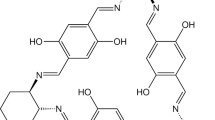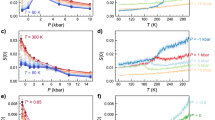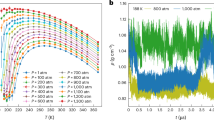Abstract
SYSTEMS of three immiscible layers are sufficiently uncommon to be noteworthy, and no system of four layers appears to have been described (excluding systems containing free mercury). Nor is this remarkable when it is recalled, first, that practically all dry organic liquids are completely miscible, almost the only exceptions being polyhydric alcohols; secondly, that a system of four liquid phases requires the existence of four substances or solutions, which taken three at a time yield at a fixed temperature four systems each of three liquid phases, the immiscibility of which is in no case destroyed on saturation with the fourth component. The majority of the hitherto-described systems of three liquid phases (of which the system water-aniline-hexane is typical) owe their existence to the properties of a substance such as aniline or succinic nitrile, which is not completely miscible with water, but itself absorbs sufficient water to destroy its miscibility with another solvent, such as hexane or carbon disulphide, which absorbs only traces of water.
This is a preview of subscription content, access via your institution
Access options
Subscribe to this journal
Receive 51 print issues and online access
$199.00 per year
only $3.90 per issue
Buy this article
- Purchase on SpringerLink
- Instant access to full article PDF
Prices may be subject to local taxes which are calculated during checkout
Similar content being viewed by others
Author information
Authors and Affiliations
Rights and permissions
About this article
Cite this article
SMITH, E. Systems of Four Immiscible Liquid Layers. Nature 127, 91 (1931). https://doi.org/10.1038/127091a0
Issue date:
DOI: https://doi.org/10.1038/127091a0
This article is cited by
-
Systems of Mutually Immiscible Liquid Layers
Nature (1950)



